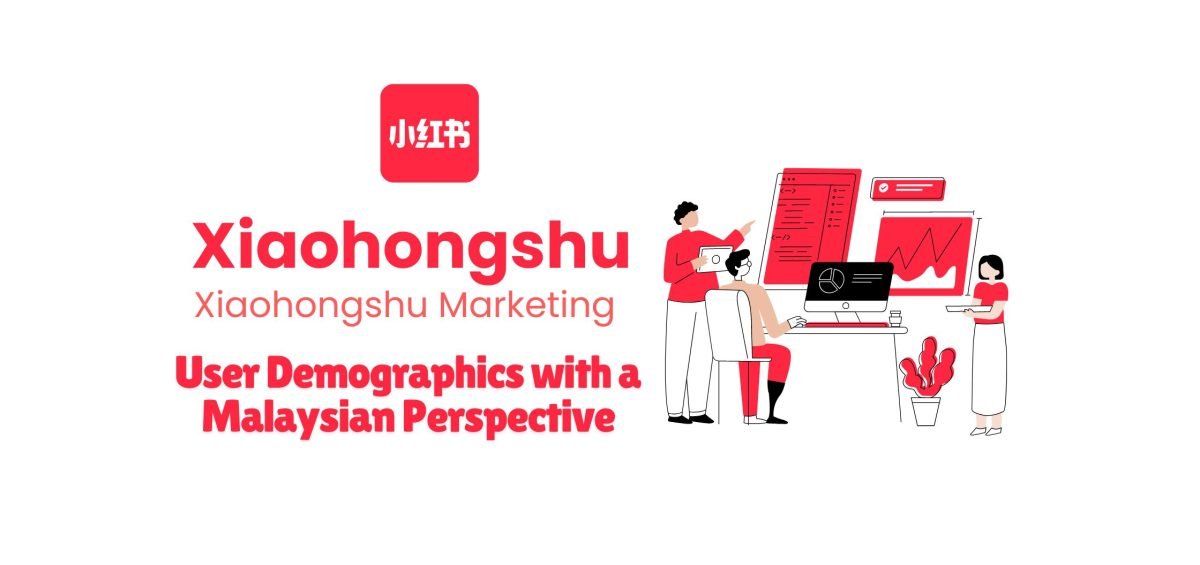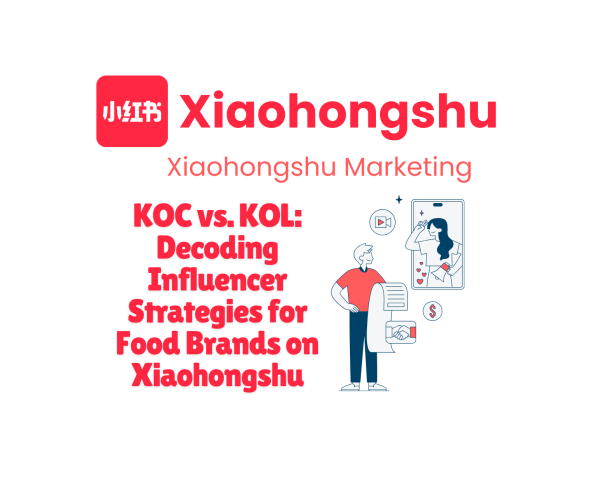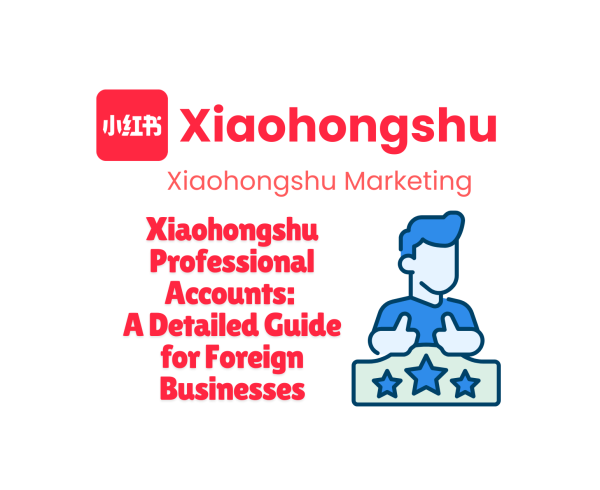As Xiaohongshu (Little Red Book) continues to gain traction beyond China’s borders, it’s crucial to understand who exactly is using this platform, particularly in emerging markets like Malaysia. This article delves into the user demographics of Xiaohongshu, with a special focus on its growing Malaysian user base.
Global Xiaohongshu User Demographics
Globally, Xiaohongshu’s user base is characterized by the following:
- Gender: The platform is overwhelmingly female, with women making up 88% of users.
- Age: It skews young, with over 60% of users aged 30 or younger. The core demographic is the post-90s generation (born between 1990 and 1999).
- Location: 57% of users live in top-tier cities, traditional centers of wealth in China.
- Spending Power: A large proportion of users have relatively high consuming power, making them an attractive target for luxury and premium brands.
Xiaohongshu’s Malaysian Users
While comprehensive data on Xiaohongshu’s Malaysian user base is limited, recent studies and market trends provide valuable insights:
- Growing Adoption: According to the study by Dang Dai Ven from Universiti Tunku Abdul Rahman, Xiaohongshu is gaining popularity among Malaysian young adults aged 18-26.
- Urban Focus: Similar to its Chinese user base, Xiaohongshu’s Malaysian users are predominantly located in urban areas, particularly Kuala Lumpur, Penang, and Johor Bahru.
- Chinese Malaysian Connection: The platform has found particular resonance among Chinese Malaysians, who make up about 22.6% of Malaysia’s population. This group often has cultural and linguistic ties that make Xiaohongshu’s content more accessible and relevant.
- Youth Appeal: Like in China, Xiaohongshu’s Malaysian user base skews young, primarily attracting millennials and Gen Z users.
- Female-Dominated: While exact figures for Malaysia are not available, the trend of female-dominated usage seen in China appears to hold true in Malaysia as well.
Why Malaysian Users Are Drawn to Xiaohongshu
Malaysian users are attracted to Xiaohongshu for several key reasons:
- Product Discovery: The platform offers access to a wide range of products, including many Chinese brands not easily found in Malaysian markets.
- Travel Planning: Malaysian users, particularly young adults, are using Xiaohongshu as a resource for travel inspiration and planning, especially for trips to China and other Asian destinations.
- Authentic Reviews: Users appreciate the detailed, authentic reviews from real users, which they find more trustworthy than traditional advertising.
- Cultural Connection: For Chinese Malaysians, Xiaohongshu offers a way to stay connected with trends and lifestyles in China.
- Visual Appeal: The platform’s emphasis on high-quality visual content resonates with Malaysia’s social media-savvy youth.
Implications for Malaysian Businesses
Understanding Xiaohongshu’s user demographics in Malaysia has important implications for local businesses:
- Targeting Young, Urban Consumers: Businesses looking to reach Malaysia’s young, urban consumers should consider establishing a presence on Xiaohongshu.
- Cross-Border Opportunities: Malaysian brands can use Xiaohongshu to reach Chinese consumers, potentially tapping into the massive Chinese market.
- Influencer Marketing: There’s potential for Malaysian influencers, particularly those who can create content in Mandarin, to build followings on Xiaohongshu and become bridges between Chinese and Malaysian consumers.
- Travel and Hospitality Sector: Given Xiaohongshu’s popularity for travel planning, Malaysian tourism businesses should consider how they can leverage the platform to attract Chinese tourists.
- Beauty and Fashion Industries: These sectors, in particular, should pay attention to Xiaohongshu trends, as they significantly influence young Malaysian consumers’ preferences.
Challenges and Considerations
While Xiaohongshu presents many opportunities, there are also challenges to consider:
- Language Barrier: The platform is predominantly in Mandarin, which may limit its reach among non-Chinese speaking Malaysians.
- Cultural Nuances: Malaysian businesses need to be aware of cultural differences and tailor their content appropriately for both Malaysian and Chinese audiences.
- Competition with Local Platforms: As Xiaohongshu grows in Malaysia, it may face competition from local social commerce platforms and established e-commerce players.
- Regulatory Considerations: Businesses need to be aware of regulations governing cross-border e-commerce and social media marketing in both Malaysia and China.
Looking Ahead
As Xiaohongshu continues to evolve and expand its reach in Malaysia, we can expect to see shifts in its user demographics. The platform may start to attract a broader age range and potentially more male users, mirroring trends seen in its later stages of adoption in China.
For Malaysian businesses and marketers, staying attuned to these demographic trends will be crucial. Xiaohongshu represents not just a new platform, but a new way of engaging with consumers – one that blends social media, content creation, and e-commerce in a uniquely powerful way.
Understanding who uses Xiaohongshu in Malaysia, and why, is the first step in leveraging this platform effectively. As the lines between Chinese and Malaysian digital ecosystems continue to blur, Xiaohongshu may well become an essential tool for businesses looking to thrive in this interconnected landscape.






